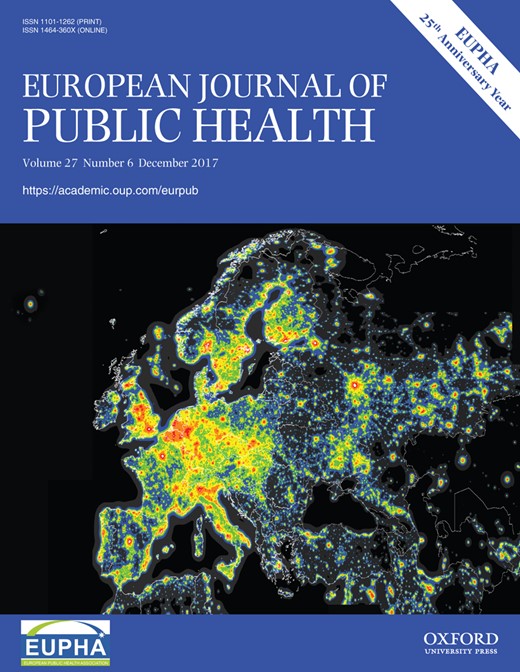-
PDF
- Split View
-
Views
-
Cite
Cite
Liselotte Schäfer Elinder, Geissler C., Powers H. (eds). Human Nutrition, European Journal of Public Health, Volume 27, Issue 6, December 2017, Page 1118, https://doi.org/10.1093/eurpub/ckx172
Close - Share Icon Share
Awareness of the importance of human nutrition for health and disease has increased considerably since the first report of the Global Burden of Disease project pointing out diet and specific foods as the most important of all established risk factors for health and disease. Therefore, this 13th edition of the textbook ‘Human Nutrition’ should be welcomed by all scholars who want to understand this topic in depth, from the undergraduate student to researchers and practitioners. In total, 58 renowned academics from 11 western countries, mainly the UK, and from Lebanon, have contributed to the 34 chapters. The book is divided into six sections: The basic definition of food and nutrient chemistry, metabolism and physiology of eating, micronutrient function, dietary requirements for specific population groups, clinical nutrition and public health nutrition including dietary assessment methods. Basic knowledge in biochemistry and physiology is assumed and required. The clinical part includes 12 chapters, almost 200 pages long, should appeal to the medical profession. The book finishes with an extensive glossary and an appendix with dietary reference values.
Eating is a complex behaviour, and the level of detail in the book is welcome. The main perspective is biomedical, but upstream societal determinants of diet are also addressed. Humans eat and drink every day and what we consume is a complex mixture of organic and inorganic matter, which interacts with every organ and cell in the body. The chapter on the physiology of nutrient digestion and absorption is absolutely fascinating and one is left in awe of evolution, which has given us the ability to grow and thrive in a sea of microbes and without dissolving from the inside out! The effects of food on metabolism and health are presented at the level of nutrients, non-nutrients, foods and food patterns. The book underlines the challenges of associating diet with health outcomes by emphasizing the multiple interactions with other variables. What are we really studying when looking at dietary intake in the population–the effect of foods, nutrients, physical activity, changes in body mass or unknown confounders? Furthermore, long-term effects of diet on health can only be studied through observation, because experimental studies are not possible to perform over many years for ethical and other reasons. All this makes nutrition science vulnerable to doubt and dispute. In order to be able to criticise and defend nutritional findings in a constructive way, I strongly recommend this book to understand the scientific basis.
From a public health perspective, I was surprised that contributors do not use the World Health Organization terminology of high, middle and low-income countries (except in the preface) but stick to ‘developing’ and ‘developed countries’. The last two chapters give an overview over the food supply, global nutrition, policies and interventions. Malnutrition, both under- and over nutrition, is a prominent topic in this section of the book. But the issue of social inequalities in health is absent which is surprising because diet, physical activity and obesity are important contributors to this phenomenon. Likewise, in the chapter on obesity, prevention is not addressed, only treatment. The chapter on cardiovascular diseases is very much focused on lipids and surprisingly does not mention the protective effects of fruits, vegetables and nuts. A relatively simple review on the issue of diet in the Global Burden of Disease Study including assumptions, strengths and weaknesses of this analysis would have been a good addition. Finally, climate change is addressed but only from the perspective of effects of climate change on food production. An overlooked but important aspect is how a change in food production and consumption can lower greenhouse gas emissions and thereby diminish climate change.
Taken together, this is a comprehensive and authoritative textbook on human nutrition, which should be relevant to all individuals who in one way or the other want to contribute constructively to the understanding of the role of diet in health and disease today.




Comments